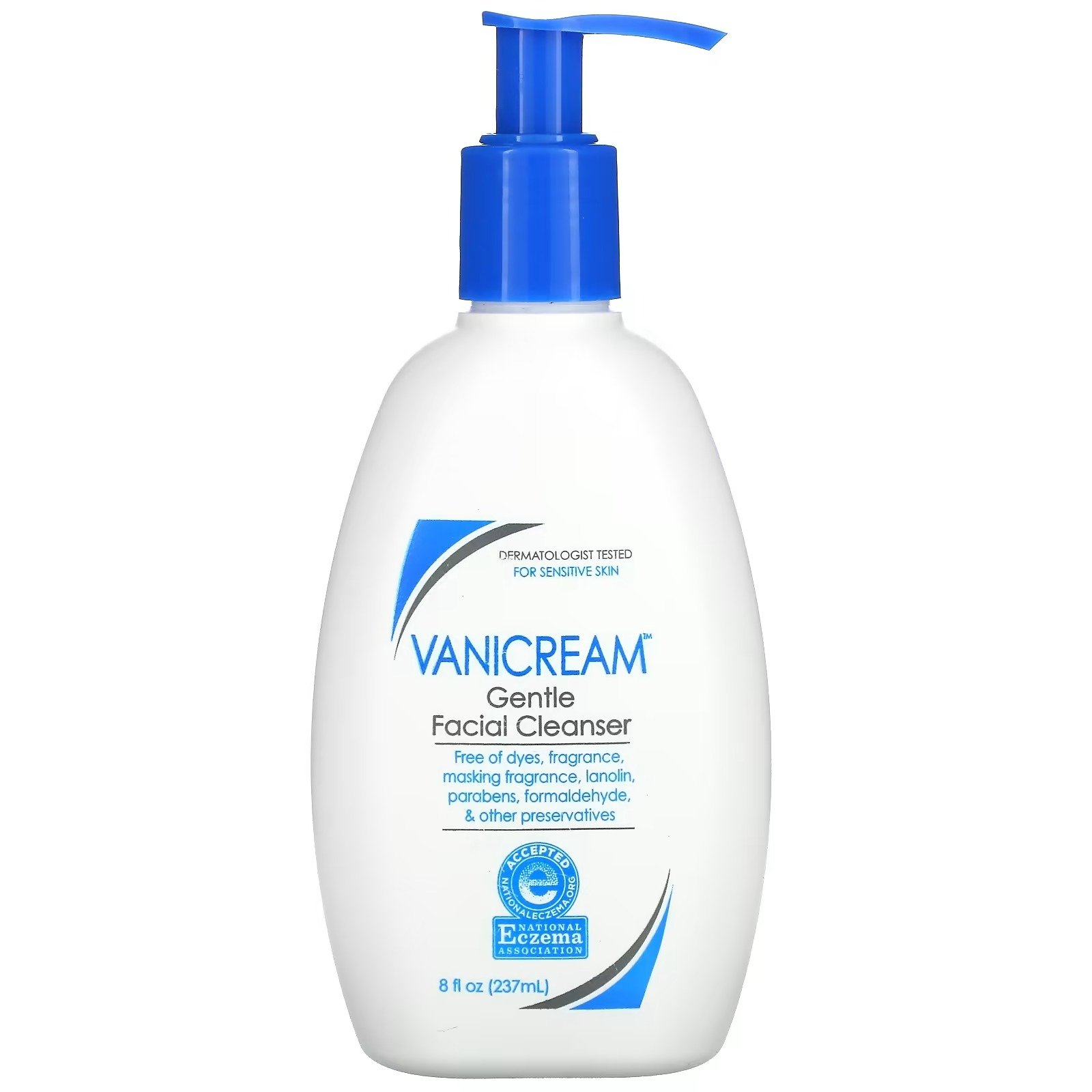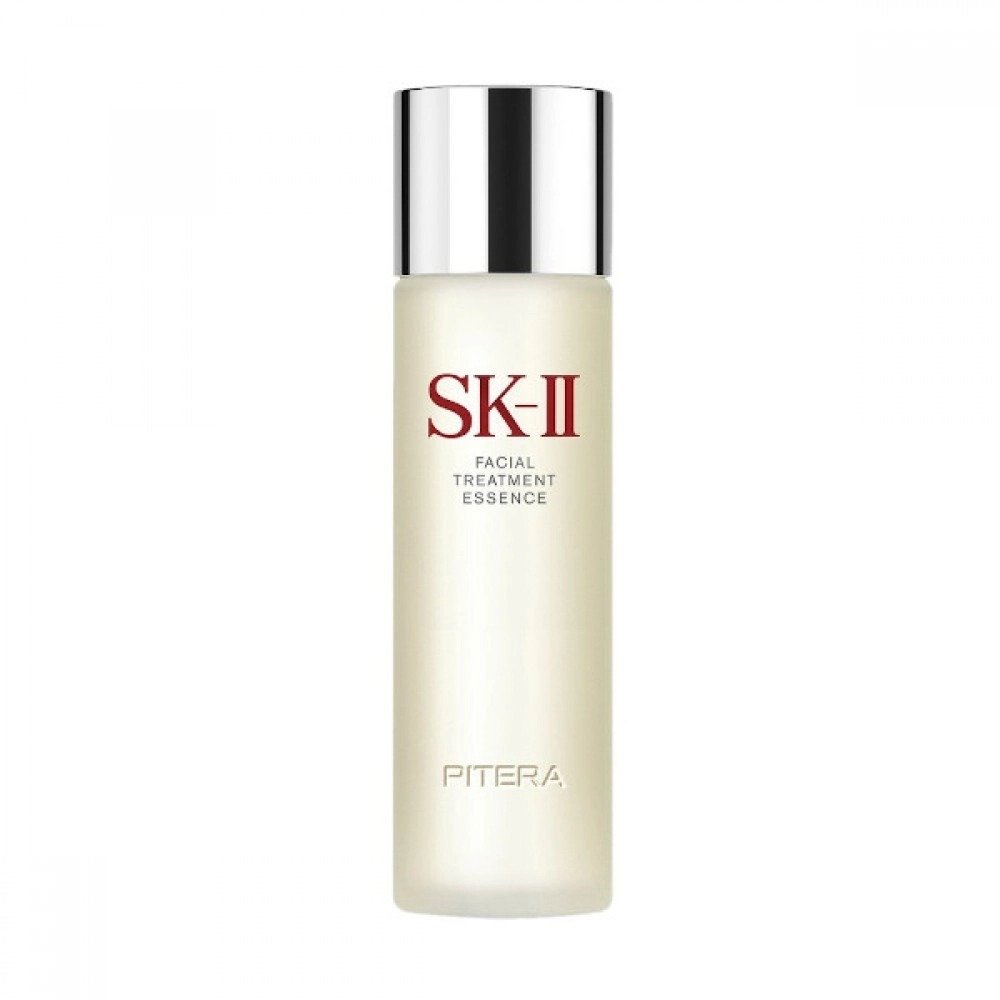Mastering Your Skincare Routine: Day and Night
Understanding how to layer your skincare regimen can be a perplexing task, even for those who are well-versed in skincare. But fear not, let's simplify it and delve deeper, starting with your evening routine. After all, your nighttime regimen is the foundation of your skincare routine.
Importance of Proper Skincare
However, before we dive in, remember to view your skincare regimen from a weekly perspective, not daily. You won't use the same steps or ingredients every day. We'll explain this further as we go. Viewing your regimen from a weekly standpoint ensures that you incorporate various ingredients and treatments for your skin throughout the week.
After a year of following this advice, you'll notice significant enhancements in your skin's health. This improvement is due to consistent care over time, avoiding the mistake of overusing potent ingredients like retinol which can lead to excessive shedding. Trust me, weekly view and consistency over intensity is our mantra.
Understanding Your Nightly Regimen
The initial step is to use a micellar water to remove your makeup. While an oil cleanser is an alternative, I personally find micellar waters more compatible with my skin. If you're unsure of where to begin, start with micellar water. You have to experiment with different products to understand what suits your skin best. I highly recommend Bioderma for micellar water; in my experience, it's superior to others on the market.
Once your makeup is removed, proceed to cleansing. I utilize Vanicream, which isn't optimal for removing makeup, hence why I use micellar water first. I apply Vanicream to dry skin, massage it in to break up any remaining makeup, and then wipe it off with a wet washcloth, followed by a light splash.
Follow with a chemical exfoliant to dissolve dead skin cells and enhance your complexion's freshness. In winter, when the air is dry, your skin may look more dull and need more frequent exfoliation. I suggest three or four times a week in winter, versus twice a week in summer.
Following this, apply any prescribed topical medications — whether for acne, melasma, or rosacea. The exception is tretinoin, a prescription form of retinol. Depending on your skin's sensitivity, you may need to buffer tretinoin to make it more tolerable. If your skin is less sensitive, use it first, but avoid certain areas like the nose where you might peel. If you have sensitive skin, apply it after your serum or even after your moisturizer. This method might make it less effective, but it will also reduce irritation, which could accelerate aging. It's better to have less irritation and healthier, happier skin.
It's best to start with the serum, followed by the eye cream. When it comes to eye creams, it's ideal to use targeted ones – those with ingredients like caffeine or retinol. Prescription creams can be used around the eyes, but over-the-counter eye creams with retinol are often lighter, less aggressive and less irritating. Other beneficial ingredients include peptides. If you're struggling with redness, you might want to consider using the Dr. Idriss Arnica Rolling Serum, a gel-based serum, rather than a traditional eye cream.
Always apply your eye cream before your moisturizer. Your moisturizer acts as a seal, locking in all the products you've applied so far. For instance, the Dr. Idriss Active Seal Moisturizer contains vitamin C. If you're using this, there's no need to use a vitamin C serum as well. Make sure you're not doubling up on active ingredients in your serums and moisturizers.
The final step in your skincare routine should be the most occlusive one, especially if you've got dry skin or the weather conditions are dry. This could be a face oil or an occlusive like petroleum jelly. For instance, Weleda's Skin Food is a good choice for locking in moisture during winter.
Morning Routine Simplified
The morning skincare routine is much simpler. Start with washing your face with water, not cleanser, especially if you live in a dry environment or have dry skin. If you have oily skin, you may need to use a cleanser, but try to limit its use to see if your skin can acclimate and produce less oil over time.
The next step is to apply your targeted serums, such as vitamin C if it's not in your moisturizer, or kojic acid, arbutin, or licorice root for pigmentation issues. Follow this with a moisturizer that's suitable for your skin type and climate. In humid weather, you might want to skip moisturizer and go straight to sunscreen, especially if you have oily skin. But in normal or dry climates, or if you have dry skin, don't skip the moisturizer.
Lastly, always wear sunscreen, given the time, effort, energy, and money you're investing in your skincare routine. It's an absolute must, especially if you're exfoliating your skin.
Balancing Ingredients for Optimal Effect
Concerning ingredients and how to layer them, vitamin C can go hand in hand with a retinoid. If your skin is sensitive to active vitamin C (L-ascorbic acid), consider a vitamin C ester, like tetrahexyldecyl ascorbate, which is more stable and less irritating. However, beware of combining active vitamin C with copper peptides or benzoyl peroxide, as they may deactivate each other. If you're using active vitamin C, apply it in the morning and save copper peptides for the night. Exfoliating acids like glycolic (anti-aging), lactic (pigmentation), and salicylic (acne) can be used together, but don't overdo it. You could use a salicylic acid cleanser in the morning, especially if you have oily skin.
I hope this article was informative. Please check the links below for more on combining active ingredients, and don't hesitate to leave any questions in the comments. I'm here to help.
About the Author: Caolan
With over a decade of international experience, Caolan's passion lies in simplifying the complex. His innovative thinking and audience-first approach have made significant impacts across the creative industries. Now, as the founder of But More Importantly, he applies these talents to the world of cosmetics, aiming to unmask marketing hype and provide readers with the truth about beauty products. His mission: to help you make informed choices and discover what truly enhances your beauty routine.





















